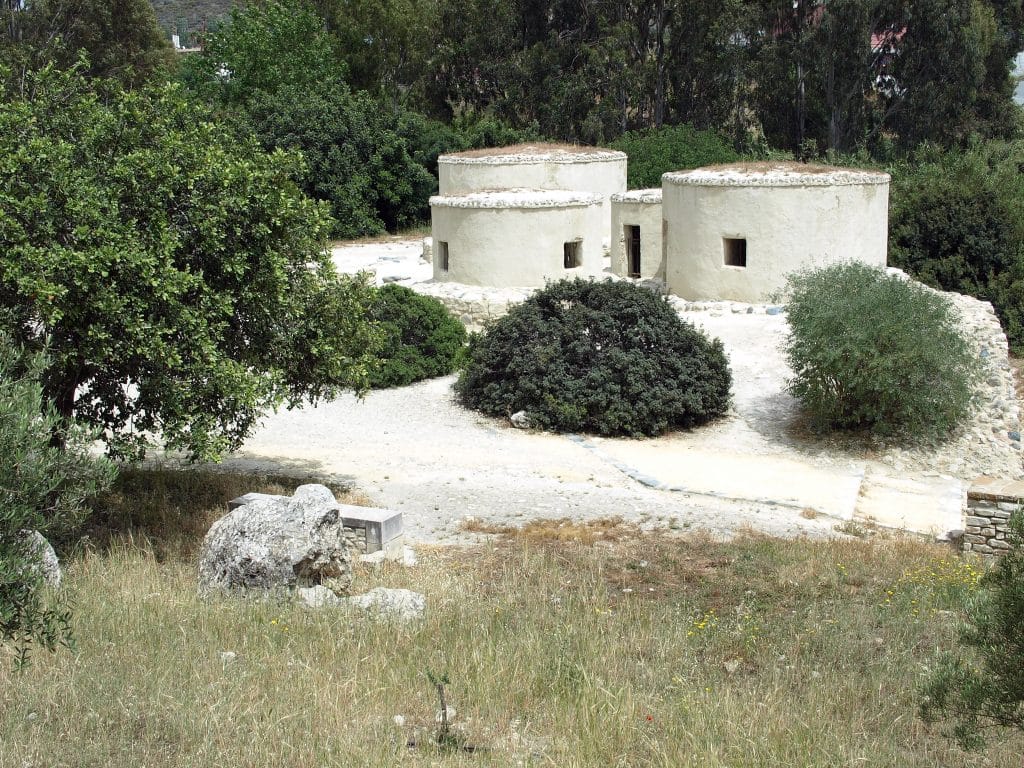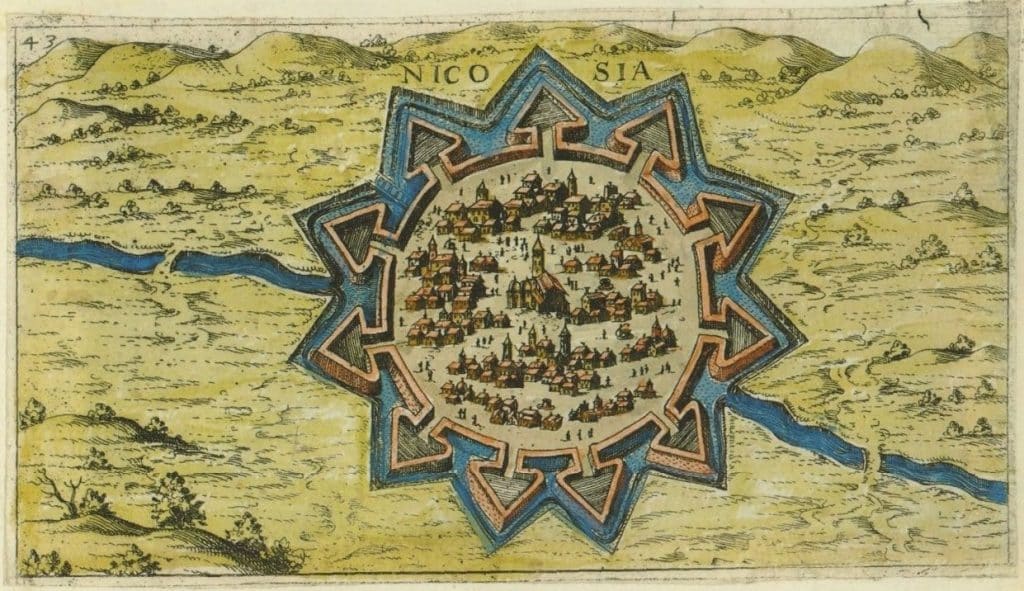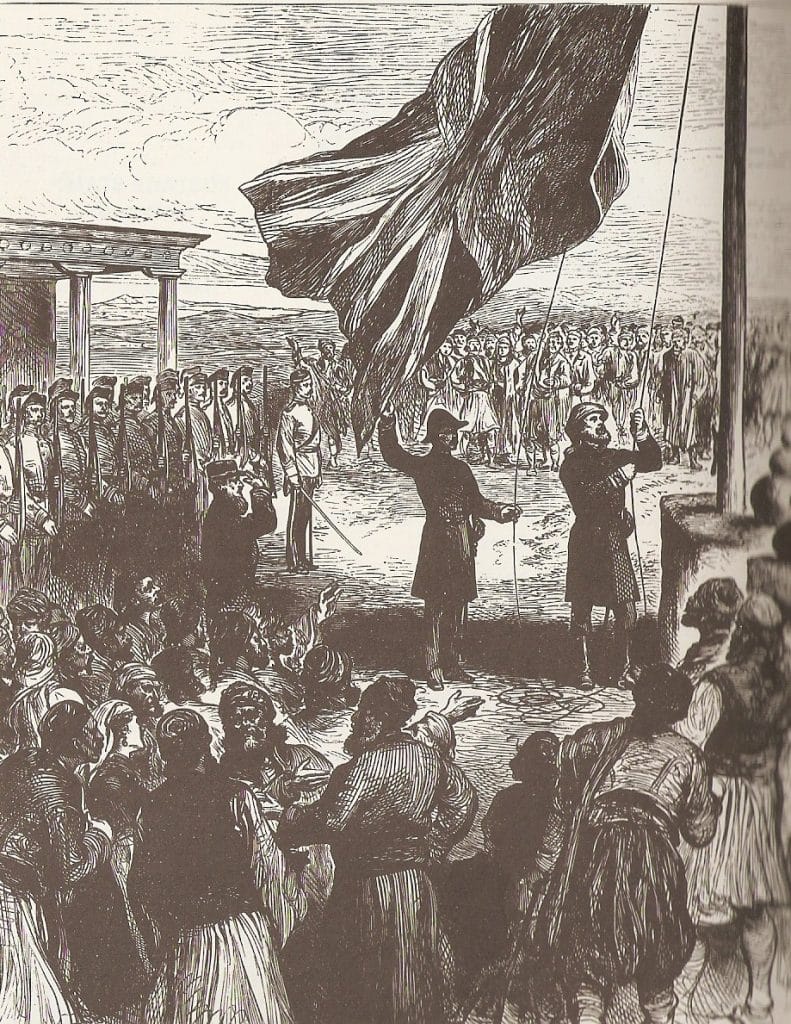This Week in History recalls memorable and decisive events and personalities of the past.
16th August 1960 – Cyprus gains its independence from the United Kingdom

Humans have lived on the island of Cyprus for thousands of years. Archaeologists have found that humans have inhabited the island since at least the year 10 000 BC – and possibly longer, as hunter-gathers do not leave behind large amounts of archaeological evidence.

The ancient Cypriot population, who were likely similar to some of the peoples of Anatolia, was joined by waves of Greek settlers near the end of the Bronze Age, somewhere around the year 1400 BC, as Greek settlers and traders began to set up settlements on the island’s coasts. Phoenician traders from modern-day Lebanon also began settling on the island sometime during the Bronze Age.

The island would go on to fall under the control of almost all the major Middle Eastern empires of the late Bronze Age and early Iron Age, being ruled by Assyria, Egypt and then Persia. The Greeks on the island would later on join the unsuccessful Ionian revolt against the Persians, a revolt which led to the first Persian invasion of mainland Greece.
The island passed from Persian control into Macedonian hands in the year 333 BC during Alexander the Great’s lightning conquest of the Perian Empire. After Alexander’s death the island passed to the rule of the Greek king of Egypt. During this period the Island’s population became almost entirely Hellenized and the non-Greek cultures on the island disappear from the historical record.
After the Roman Empire made its presence felt in the area in 58 BC, the island fell under its sway and would remain under under Roman rule for the next seven centuries.
Over this period, the island would become very wealthy, benefiting from the great level of trade in the Mediterranean, shipping many goods all across the Roman world, notably wine, oil, grain, copper, timber and glass. Cyprus was also a major shipbuilding area.
The fortunes of Cyprus declined as the Roman Empire waned. Hurt by the slowdown of trade during the 3rd and 4th centuries the economy faltered, and the golden age of the island would definitively end when it began to endure major attacks from Arab raiders during the mid-600s, which devastated its cities and people. During this period a portion of the island was occupied by Muslim Arabs.
The Romans and Arabs would reach a settlement over control of the island in 688, when Roman Emperor Justinian the 2nd and Caliph Abd al-Malik agreed to split control of the island between them, in what is one of the few examples of a Condominium in world history. For 300 years, Romans and Arabs shared control of the island, even as the two powers battled almost permanently on the mainland.

The island would properly come back under sole Roman control in the year 911 as the Islamic Caliphate collapsed and was re-established as a normal province of the Roman Empire.
Roman rule of the island would end in the year 1192 when the English king, Richard the Lionheart, conquered the island while on route to the Holy Land to take part in a Crusade. Richard had landed on the island looking for his wife and sister whose ship had blown off course while travelling with him and his army.

While there he had a falling out with the Roman governor of the island, and so conquered the island and garrisoned some troops there. Soon there were revolts against English rule, and Richard, never having intended to conquer the island in the first place, sold it off to the crusading knightly order, the Knights Templar. Within months the Knights handed the island to the King of Jerusalem, a French Knight called Guy of Lusignan, who had recently lost control of his kingdom to Saladin. Upon his death in 1194, his brother took over rule of the island and had himself crowned ‘King of Cyprus’ in 1194.
The Catholic French nobility ruled Cyprus for the next few centuries until 1473, when King James II of Cyprus, died without an heir. The island was soon after annexed to the rule of the Republic of Venice and became one of the most easternly outposts of the Venetians in the Mediterranean.

The expanding Ottoman Empire soon had the island in its sights and during the early 1500s, they engaged in major raids on the island, torching many of its cities.
Finally in 1570, a huge army of 60 000 Ottoman troops landed on the island and after long and difficult sieges brought it under Ottoman rule. The Ottomans ended Catholic dominance of the island, and empowered the Greek Orthodox Christian population, granting the local Orthodox church the right to represent the non-Muslims of the island.
The Ottomans ruled the island for the next few centuries, and during this time many Turks and Muslims from across the Ottoman Empire settled there, creating the more familiar demographic profile of modern Cyprus.
When the Greek war of independence broke out in 1821 (read about it in this previous This Week in History), some Greeks left the island to join the revolt. This led to a violent crackdown by the Ottoman authorities, which, coupled with the poverty and misrule under which the island suffered, saw the rise of Greek nationalism, and growth of the movement for Enosis, or unity, with the Greek mainland.
In 1878, the collapsing Ottoman Empire leased the island to the British Empire, which took over its de facto control. It remained officially an Ottoman territory under British governance for decades, with the island becoming a major naval base for the British navy. When the First World War began in 1914 and the Ottomans sided with Germany, the British annexed the island on the 5th of November 1914.

While under British rule, the population began to more aggressively polarise, with Greek Cypriots mostly favouring Union with Greece, and Turkish Cypriots preferring the status quo, annexation to Turkey, or independence of areas of the island where they were the majority.

These tensions would ramp up during the 1950s, after a referendum organised by the Cypriot Orthodox church returned a result strongly in favour of union of the island with Greece.
With decolonisation loosening the bonds of the British Empire, Turkey, Greece and the United Kingdom met to decide the fate of Cyprus. The resulting London and Zürich Agreements created a structure where the island would become independent and would be ruled jointly by Turks and Greeks, with a Greek president elected by the island’s Greeks, and a vice-president elected by the Turkish population.

On the 16th of August 1960, the island gained independence, with the British retaining two military bases as their territory on the island.
It would not be a happy independence, as soon the Turkish and Greek populations would come to blows. But that is a story for another time.
If you like what you have just read, support the Daily Friend

